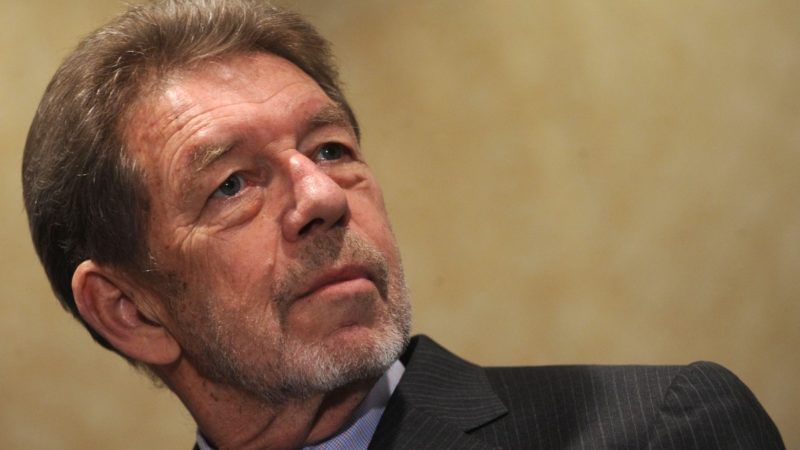RIP Pete Hamill: Chronicler of New York's Marketplace of Ideas
Hamill’s city was exactly what the likes of Robert Moses were trying to control when they imposed a top-down technocratic regime on New York in the middle third of the 20th century.

When the reporter, editor, and man-about-town Pete Hamill died on Wednesday, the tributes to the 85-year-old Brooklynite were overwhelming. In death as in life, this son of Irish immigrants and 10th grade dropout has been described as the journalistic personification of New York. Hamill chronicled the everyman bustle of the "lost" postwar city he riffed on so eloquently. He showed off his hometown, at its best and at its worst, to both a local and a national readership in the pages of Esquire, New York, and The Village Voice. He provided play-by-play and color commentary on the passing scene during his editorships at the New York Post and the Daily News. Through a dozen novels, a half dozen works of nonfiction, and a library's worth of reporting, Hamill decanted his New York to an immense readership.
Along with Jimmy Breslin, Hamill has long been regarded as the city's Hemingway, a plain-spoken prose stylist who wrote with a populist authority about rough-and-tumble urban life. The fantastic 2018 HBO documentary Breslin and Hamill: Deadline Artists demonstrates how the city's late-20th-century librettists also shared Hemingway's ability to make himself a part of the story. Hamill, in particular, became a Manhattan gadabout, fraternizing with the glamorous in all the spaces where one would surely be seen.
Lost in the many touching tributes to Hamill is the strong anti-statist and anti-ideological streak in his writing. Most renderings of his life have focused in on his progressive bona fides as an enthusiastic booster of Robert Kennedy's presidential campaign. Some have also cited his more right-wing middle period in the late 1980s, when he wrote less than charitably about the Central Park Five and waded into ugly waters as he discussed their upbringings. But neither image really captures him. Hamill's literary legacy is not that of a liberal lion or a seething reactionary.
"I hated abstractions as a result of being a reporter. All abstractions lead you in to certain kinds of traps," Hamill said on a 2011 episode of City Talk. "Ideology, to me, whether it's religious or political, is not thinking." Over the course of a six-decade-long writing career, Hamill rebuked ideology by displaying an appreciation for nuance.
His New York is a marketplace of cultures, ideas, and objects. It is a polyglot of buyers and sellers where everyone drives a hard bargain. It is continuity and change locked in a permanent contest on every block. Hamill's city is exactly what the likes of Robert Moses were trying to control when they imposed a top-down technocratic regime on New York in the middle third of the 20th century.
In A Drinking Life: A Memoir (1994), Hamill shows us around the barrooms of Brooklyn and, in the process, introduces readers to the vibrant intellectual life that coexisted with the borough's workaday sociability during his early adulthood. In his 1969 New York article "Revolt of the White Lower Middle Class," he finds the aggrieved outer-borough working stiff's frustrations rooted not in knuckle-dragging bigotry but in the patrician didacticism and social engineering being enacted by Mayor John Lindsay's administration. Hamill's masterstroke against the managerial society was his 1987 essay on "The New York We've Lost," also written for New York magazine. Far from a garden-variety work of nostalgia, it describes with texture and color how the entrepreneurial sensibilities of the city's residents created the countless spaces that made New York the habitat of choice for people on the make.
Through all the changes to his city, Hamill saw it as a shared, evolving place where the past and the present, the parochial and the global, find a way to coexist in close quarters. And that remains the fable that New Yorkers tell themselves about their home. For as long as people discuss New York as a city where clever, persistent young people can make lives for themselves, Pete Hamill's New York will not be entirely lost.


Show Comments (5)